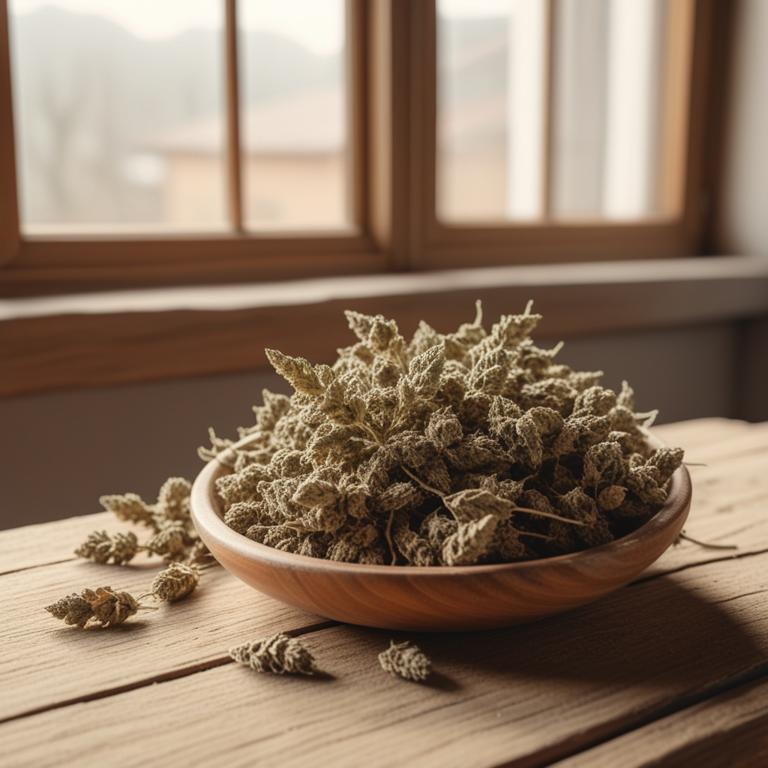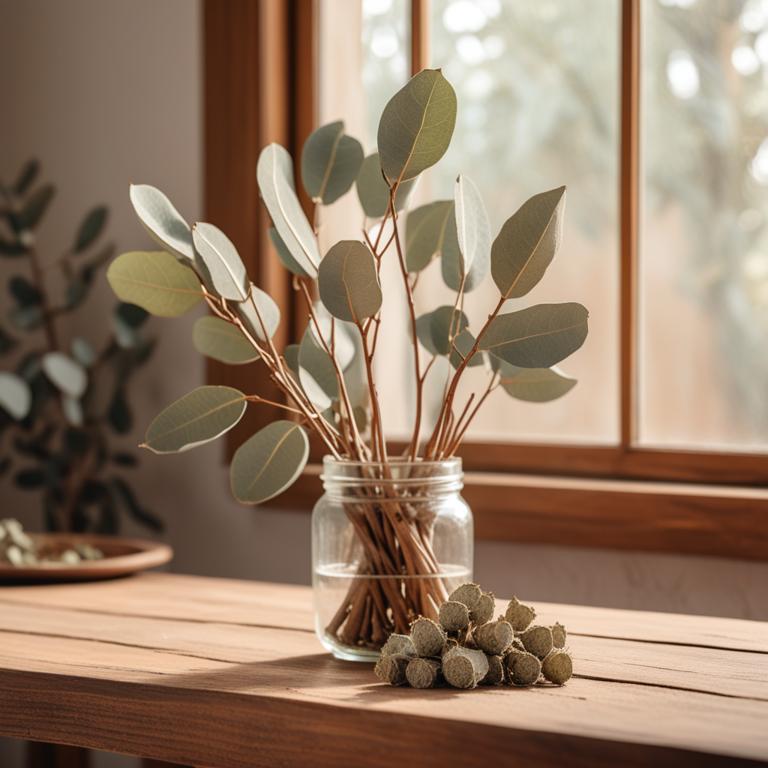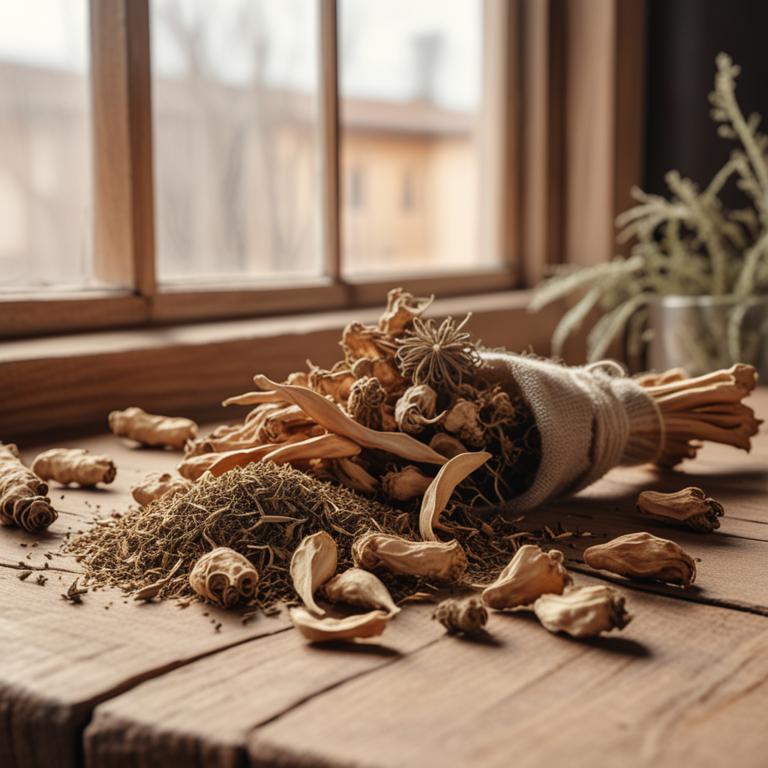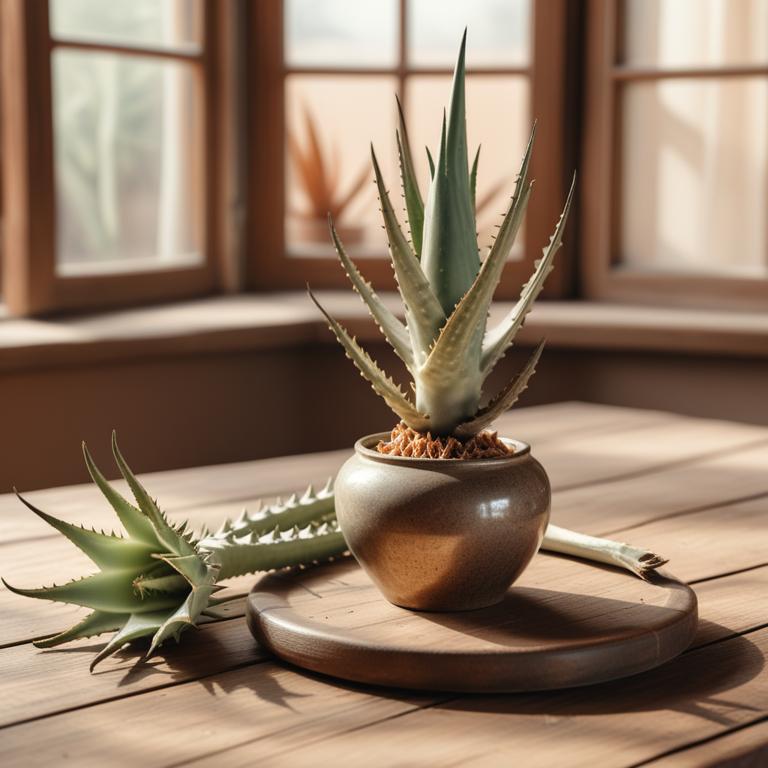Updated: Dec 1, 2024
Chapped Lips: Causes, Medicinal Herbs, and Natural Preparations for Soothing Relief
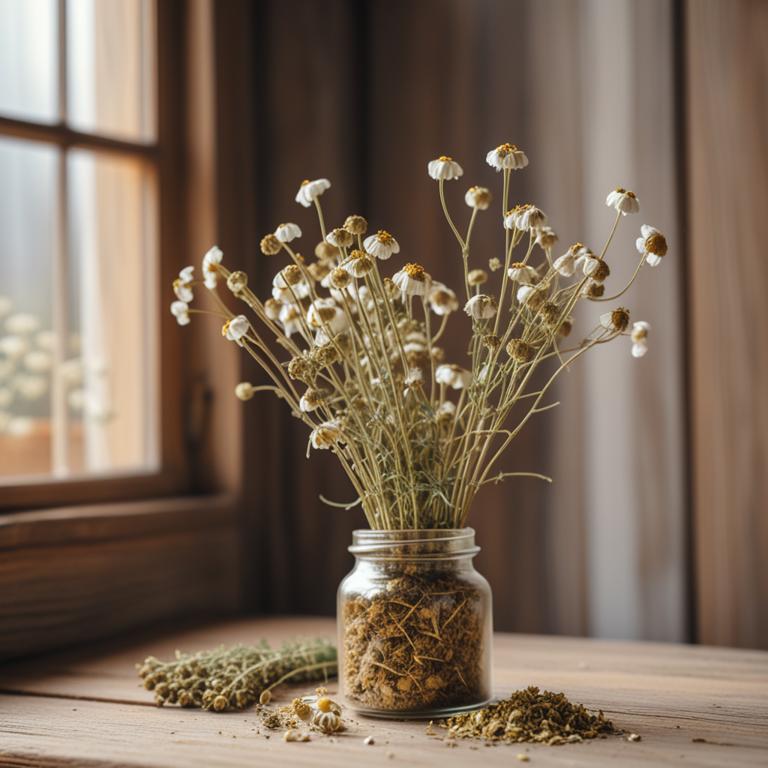
Chapped lips can be a real nuisance.
They're dry, cracked, and sore, making eating, drinking, and even talking uncomfortable. Chapped lips can also be a sign of a bigger issue, like a vitamin deficiency or a skin condition. The causes of chapped lips can be as simple as dry air, cold weather, or over-exfoliating, or as complex as a medical condition like eczema or a nutritional deficiency. Herbal remedies can be a natural and effective way to soothe and heal chapped lips.
Aloe vera, with its cooling and moisturizing properties, is often used to calm dry, cracked lips. Beeswax and coconut oil, both rich in antioxidants and fatty acids, can help lock in moisture and protect the skin. Even herbs like calendula and chamomile, known for their anti-inflammatory and soothing properties, can be used to calm irritated skin. To use these herbs, you can try making a lip balm by mixing aloe vera, beeswax, and coconut oil together, or steeping calendula and chamomile in hot water to make a soothing tea that you can apply to your lips. You can also try applying a paste made from mashed up aloe vera leaves directly to your lips.
Whatever method you choose, herbal remedies can be a simple and effective way to get relief from chapped, sore lips.
Table of Contents
What gives rise to chapped lips?
The main causes of chapped lips are cold weather, dry air, dehydration, lip biting, and lip picking.
Cold weather can dry out the skin on your lips, causing them to crack and become chapped. Dry air, especially in air-conditioned spaces or during winter months, can also strip the moisture from your lips, leading to chapping.
Dehydration occurs when your body doesn't have enough water, and this can cause your skin to become dry and chapped, including your lips. Lip biting is a common habit that can cause irritation and chapping on the lips. When you bite your lips, the friction can cause them to become dry and cracked.
Lip picking can also lead to chapped lips, as the repeated act of picking at your lips can cause irritation and dryness.
What are the benefits of using herbs to remedy chapped lips?
Using herbs for chapped lips can be a great natural solution.
They can help to lock in moisture and protect your lips from the elements. Many herbs have anti-inflammatory properties, which can reduce swelling and redness. They can also help to soothe and calm irritated skin, making it feel more comfortable.
Some herbs have antibacterial properties, which can help to prevent infection and promote healing. When applied topically, they can create a barrier that shields your lips from dry air and cold weather. This can help to prevent chapped lips from getting worse and allow them to heal faster.
Some herbs can also provide a subtle flavor and fragrance, making them a pleasant alternative to commercial lip balms.
What are the leading medicinal herbs to heal chapped lips?
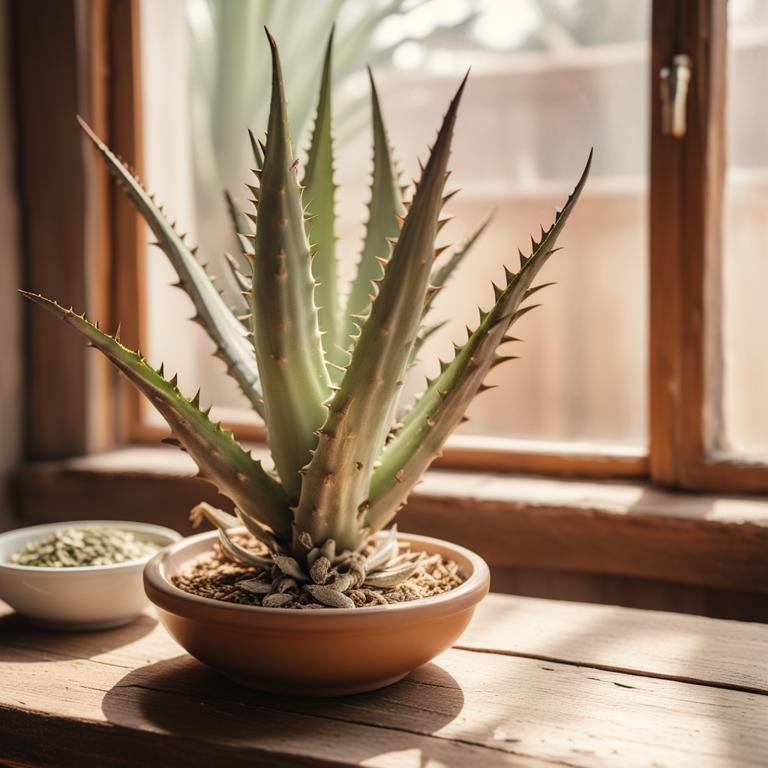
Herbs are great for chapped lips because they provide natural remedies that soothe, moisturize, and protect dry skin.
Aloe barbadensis, also known as aloe vera, is a popular choice because it has anti-inflammatory properties that calm irritated skin and lock in moisture. When applied to chapped lips, aloe vera helps to reduce redness and discomfort. Mentha x piperita, or peppermint, is another herb that's good for chapped lips. It has a cooling effect that can help to numb the pain and provide quick relief. Peppermint also has antiseptic properties that can help to prevent infections. Calendula officinalis, or marigold, is an herb that's commonly used to treat skin irritations, including chapped lips. It has anti-inflammatory and antiseptic properties that can help to soothe and protect dry skin.
When applied topically, calendula can help to reduce redness and promote healing. Rosmarinus officinalis, or rosemary, is an herb that's not only good for cooking but also for soothing chapped lips. It has anti-inflammatory properties that can help to calm irritated skin and reduce pain. Rosemary also has antiseptic properties that can help to prevent infections. Symphytum officinale, or comfrey, is an herb that's often used to treat skin irritations, including chapped lips. It has anti-inflammatory properties that can help to soothe and protect dry skin. Comfrey also contains allantoin, a compound that can help to promote healing and reduce scarring.
When used individually or combined, these herbs can provide a natural and effective solution for chapped lips.
What herbal treatments are most commonly used to soothe chapped lips?
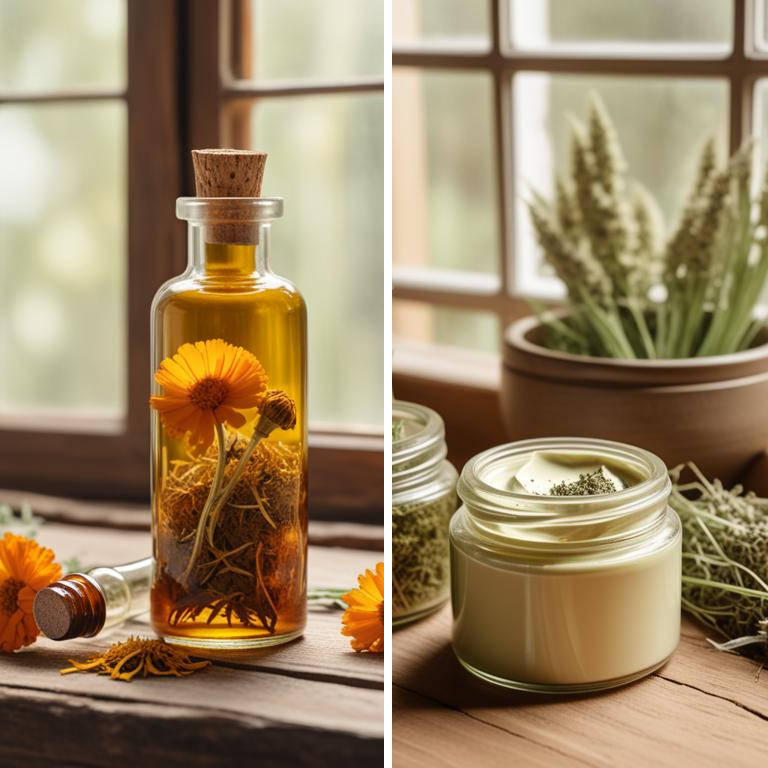
Herbal preparations can be super helpful for chapped lips.
A salve is a thick, spreadable mixture that traps moisture in your skin, keeping your lips soft and protected. For example, a salve made from aloe vera or coconut oil can soothe and calm dry, cracked lips. A tincture, on the other hand, is a concentrated liquid extract of herbs that can be applied directly to your lips. Tinctures like peppermint or chamomile can help calm inflammation and reduce redness. You can add a few drops to a lip balm or apply it directly to your lips. A decoction is a liquid made by steeping herbs in hot water. Decoctions like tea tree oil or calendula can be used to create a lip balm or salve that helps fight off infections and promotes healing.
You can also use a decoction as a mouthwash to keep your mouth and lips healthy. A cream is a liquid mixture that's thicker than a tincture but thinner than a salve. Creams like shea butter or beeswax can provide long-lasting moisture and protection for your lips. They're especially good for dry, chapped lips that need extra care. An ointment is a thick, greasy mixture that's often used to lock in moisture and protect your skin. Ointments like petroleum jelly or lanolin can be super effective at healing and protecting chapped lips. They create a barrier on the skin's surface that prevents moisture loss and promotes healing. These herbal preparations can be made at home or bought from a store.
Just remember to always choose products that are free from harsh chemicals and artificial fragrances, and to read the labels carefully.
Additional Resources:
Which herbs are contraindicated in people with chapped lips?
If you have chapped lips, it's best to avoid Eucalyptus globulus because it can dry your skin further.
The essential oils in this herb can strip your skin of its natural moisture, making your lips even drier and more irritated. Cinchona officinalis is another herb to be careful with, as it contains compounds that can cause your skin to become sensitive and reactive. If you already have chapped lips, applying this herb can trigger an allergic reaction, making your lips even more painful and inflamed. Echinacea purpurea might seem like a good choice for soothing chapped lips, but it can actually make things worse.
Some people are allergic to this herb, and even if you're not, it can still cause an allergic reaction or skin irritation, especially if you have sensitive skin. Zanthoxylum bungeanum contains compounds that can stimulate your skin, making it more sensitive and reactive. If you apply this herb to your chapped lips, it can cause them to become even more irritated and inflamed. Capsicum annuum, or cayenne pepper, contains capsaicin, which can cause your skin to become red, sore, and inflamed.
If you apply cayenne pepper to your chapped lips, it can cause a burning sensation and make your lips even more irritated.
FAQ
Are there any specific herbs that can prevent chapped lips?
Aloe vera and vitamin E oil are often used to soothe and protect chapped lips.
They help lock in moisture and reduce dryness. Some people also use honey, which has natural antibacterial properties that can help heal cracked lips.
These ingredients can be found in lip balms and ointments, or applied directly to the lips.
Is it safe to use herbal remedies for chapped lips during pregnancy?
When it comes to chapped lips during pregnancy, some women use herbal remedies.
However, it's essential to be cautious. Certain herbs, like saw palmetto and evening primrose oil, can affect pregnancy hormones.
Other herbs like peppermint and aloe vera are generally considered safe, but it's still crucial to check the ingredients and follow the instructions carefully.
Are there any herbs that can reduce the frequency of chapped lips?
Aloe vera can help soothe and moisturize dry chapped lips.
The gel inside aloe vera leaves has anti-inflammatory properties that can reduce redness and irritation.
Applying aloe vera to your lips can provide long-lasting relief and help lock in moisture, reducing the frequency of chapped lips.
Related Articles
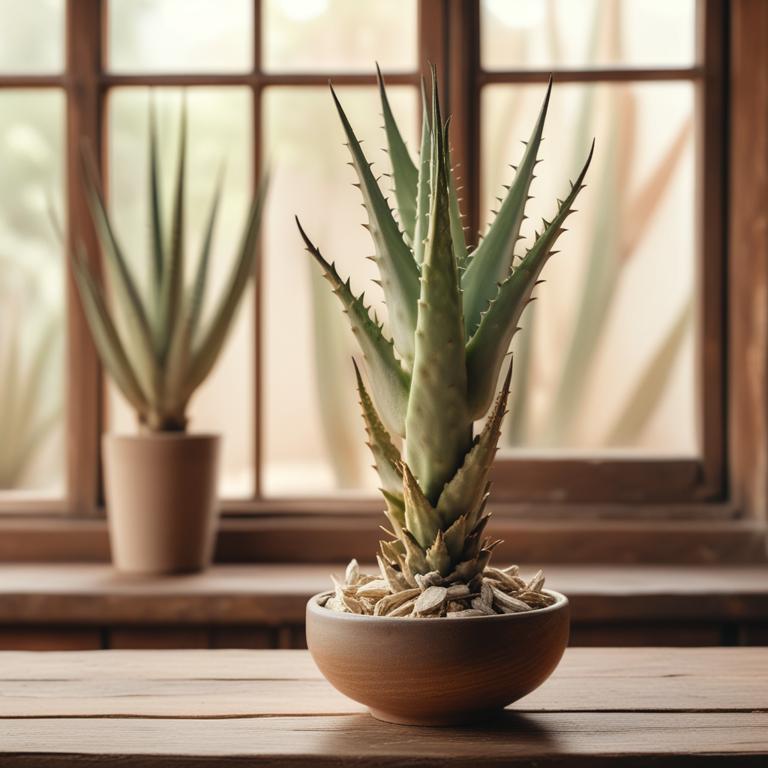
Glowing Skin: Causes, Medicinal Herbs, and Effective Herbal Remedies
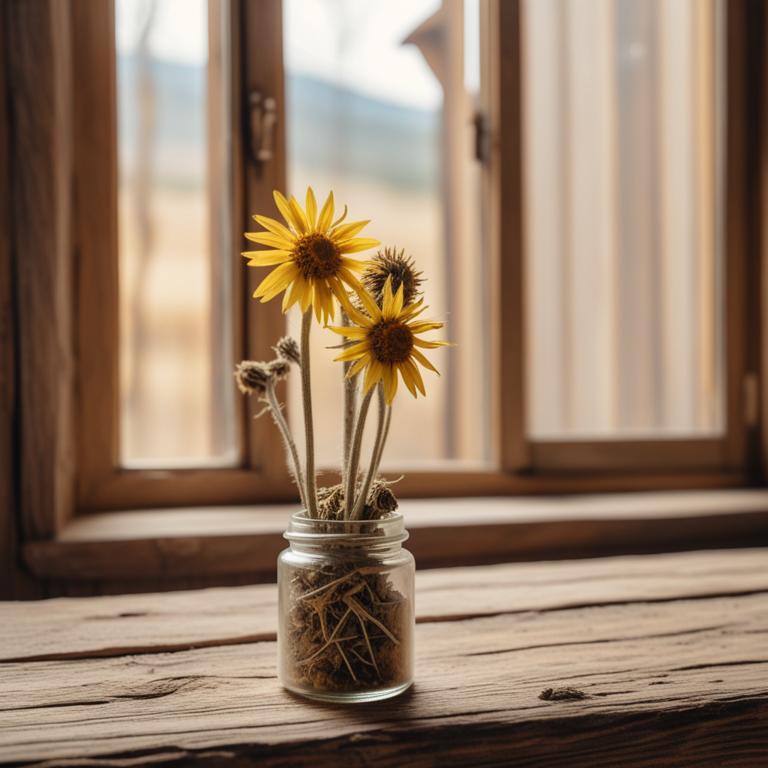
Natural Remedies for Insect Bites: Causes, Medicinal Herbs, and Herbal Preparations
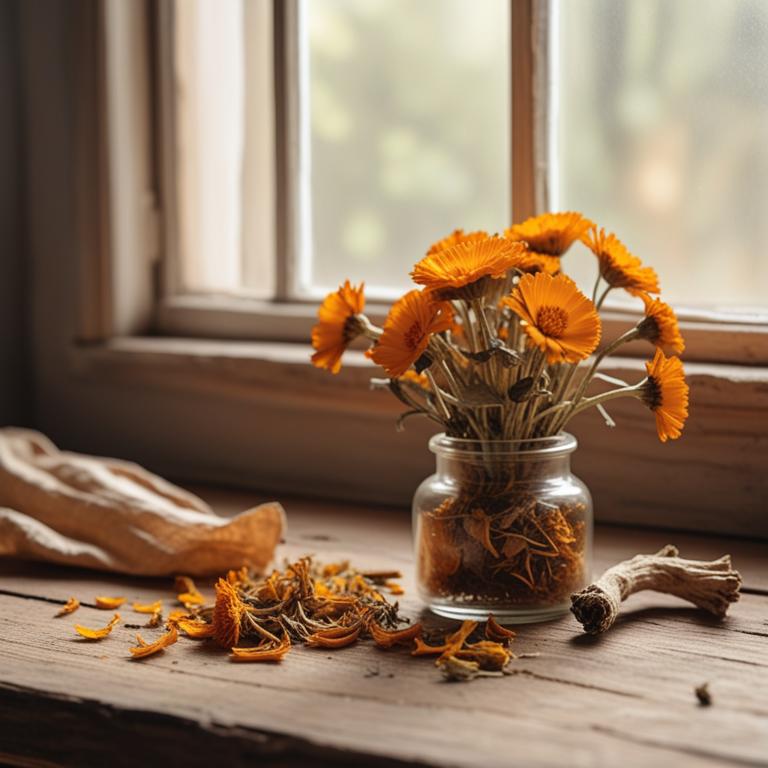
Red Eyes: Causes, Herbal Preparations, and Home Remedies
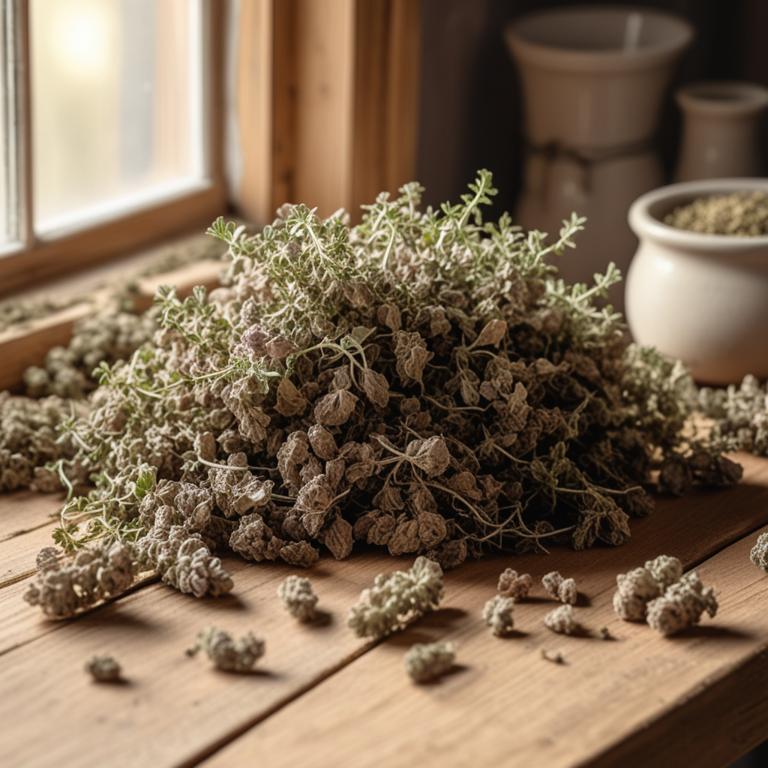
Open Pores: The Causes, Medicinal Herbs, and Herbal Remedies for Healthy Skin
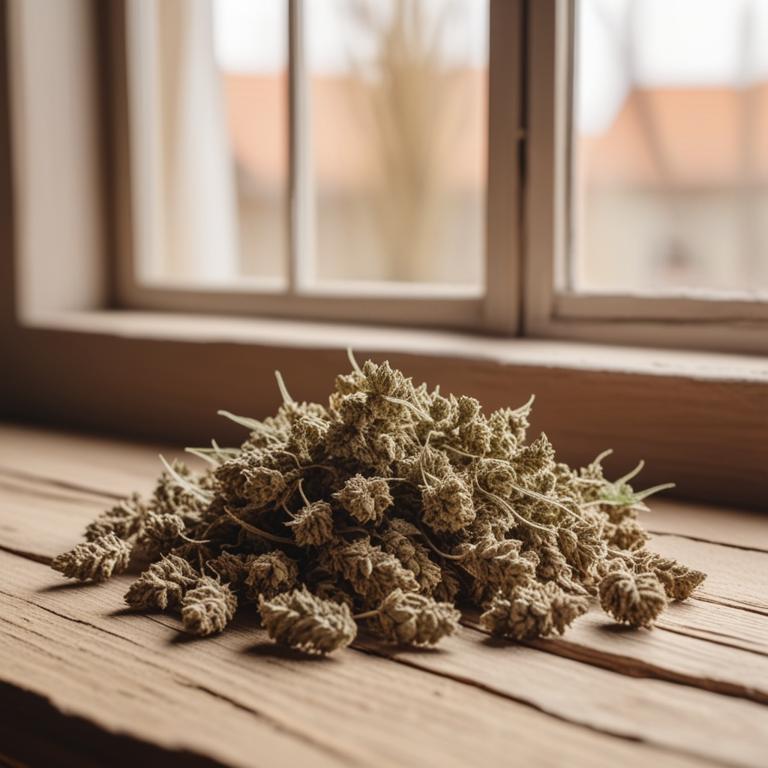
The Causes of Ingrown Hair and How Herbal Preparations Can Help
